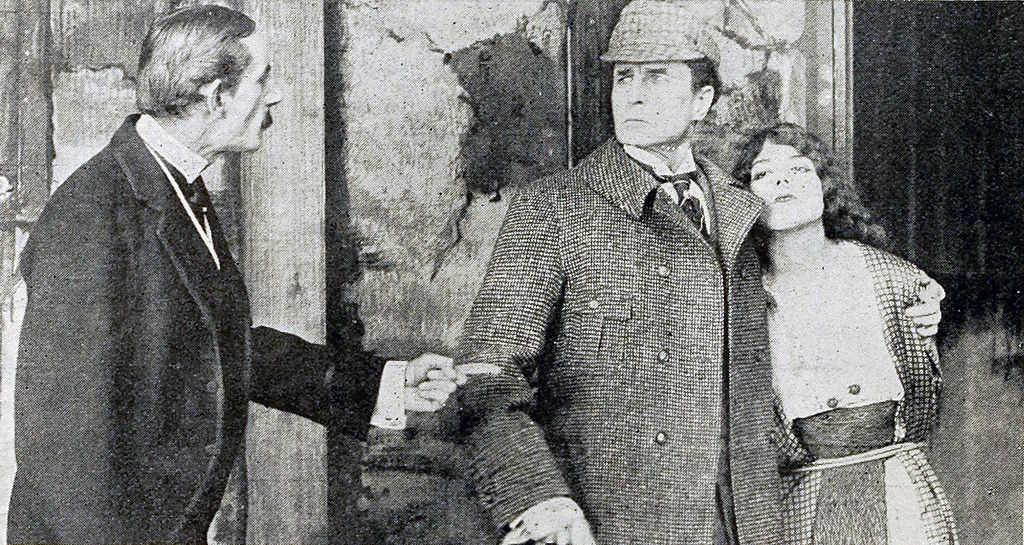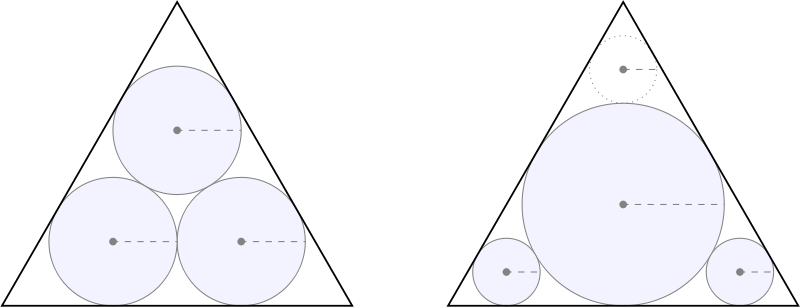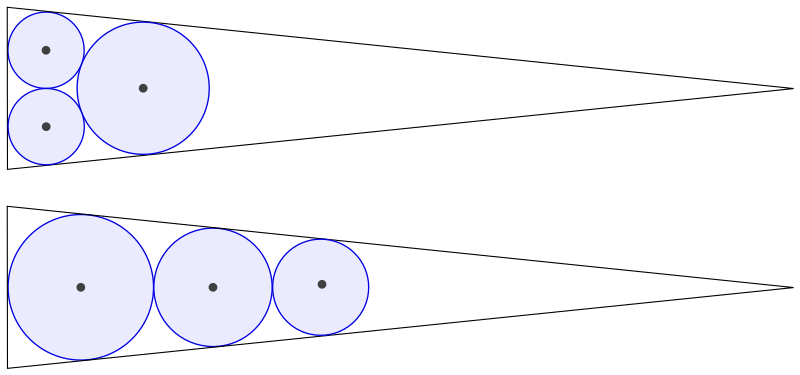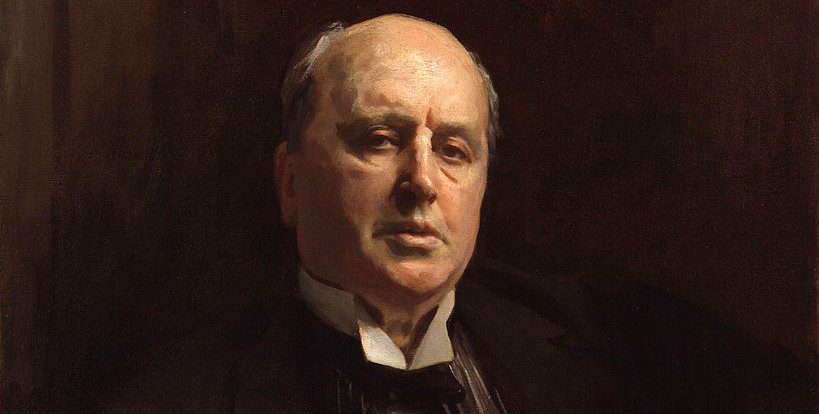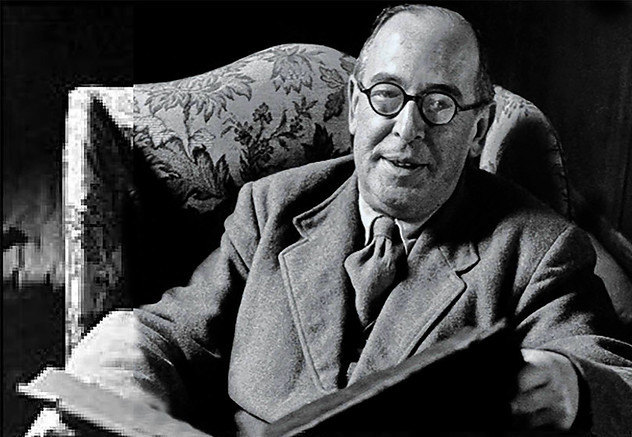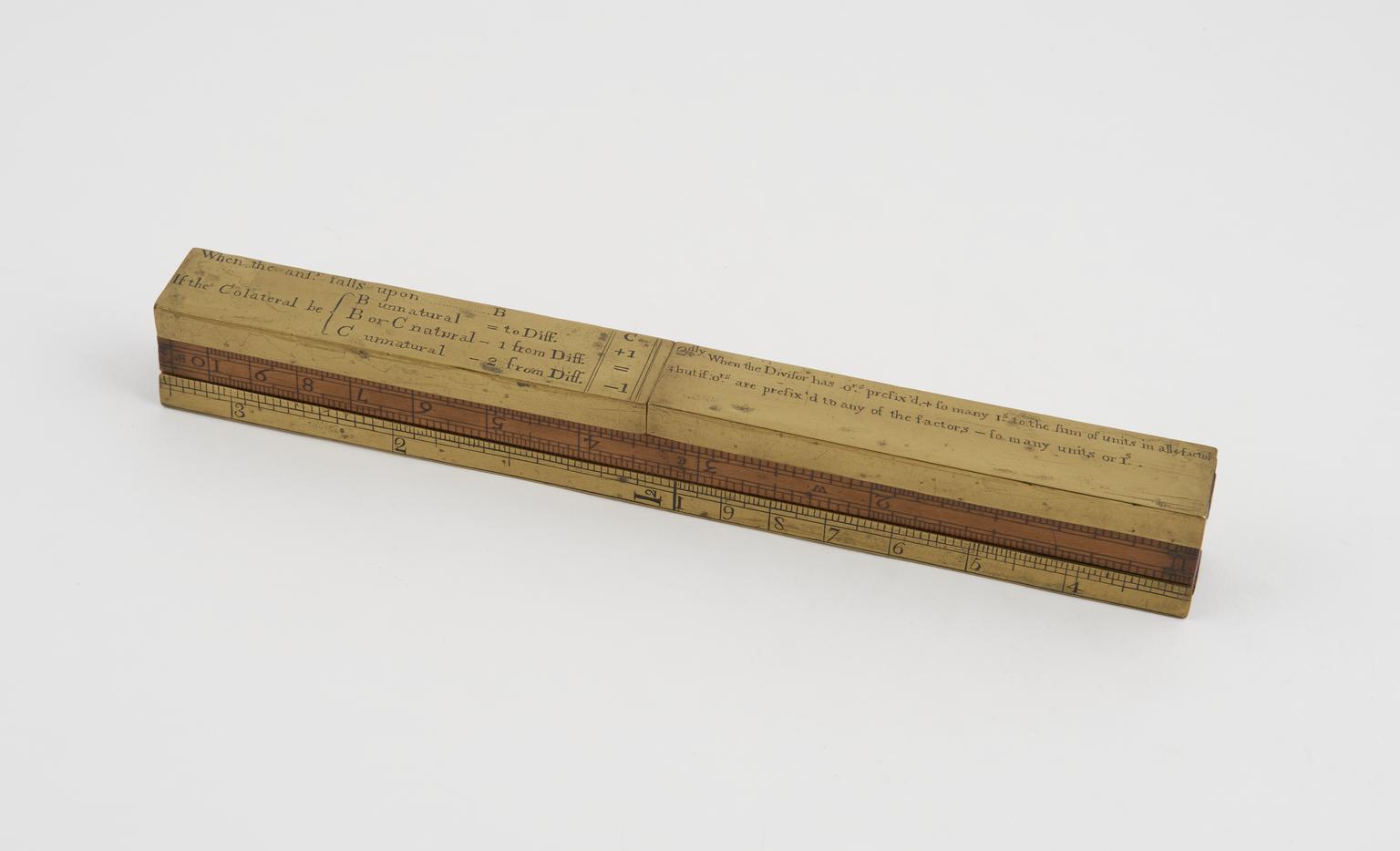
Revenue agents in 18th-century London faced a curious challenge: how to calculate the excise tax on a barrel that was partially full of liquor. The answer was an “ullage slide rule” — this gauging rod was dipped into the barrel, some brass sliding pieces were adjusted to reflect the height of the surface, and a mathematical calculation would tell how much liquid the barrel contained.
The Science Museum says, “The calculations were very complicated.” A correspondent to the Mathematical Gazette wrote in 1990, “I well remember puzzling, unsuccessfully, over graphs and calculations of measurements until I wrote to the makers whose name was stamped on the rule and who still existed [in 1966] at the same address in London Bridge. At that time they were still making a modern equivalent for the same use by revenue officers.” More at the link below.
(Tom Martin, “Gauging: The Art Behind the Slide Rule,” Brewery History 133 [2009], 69-86.)

